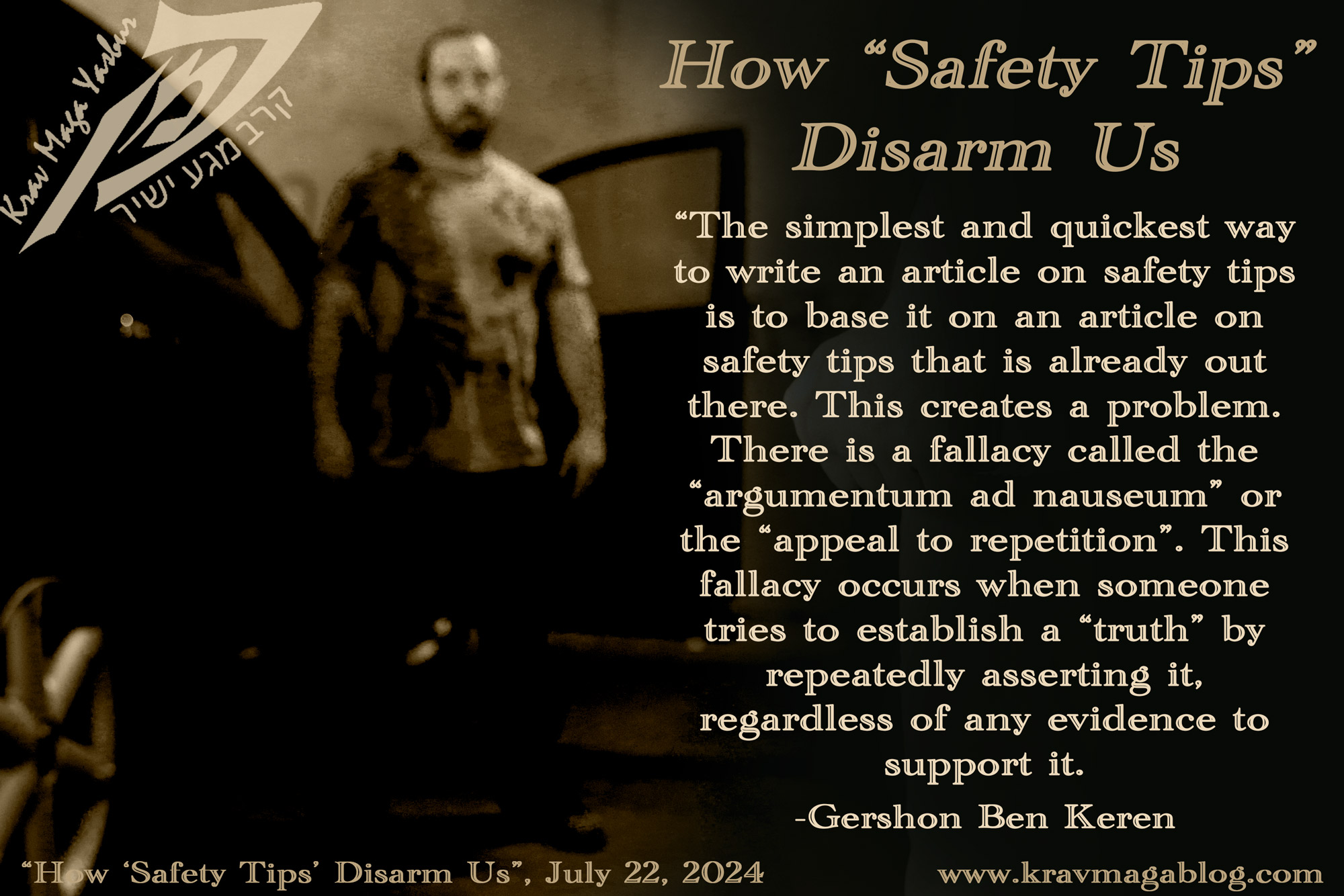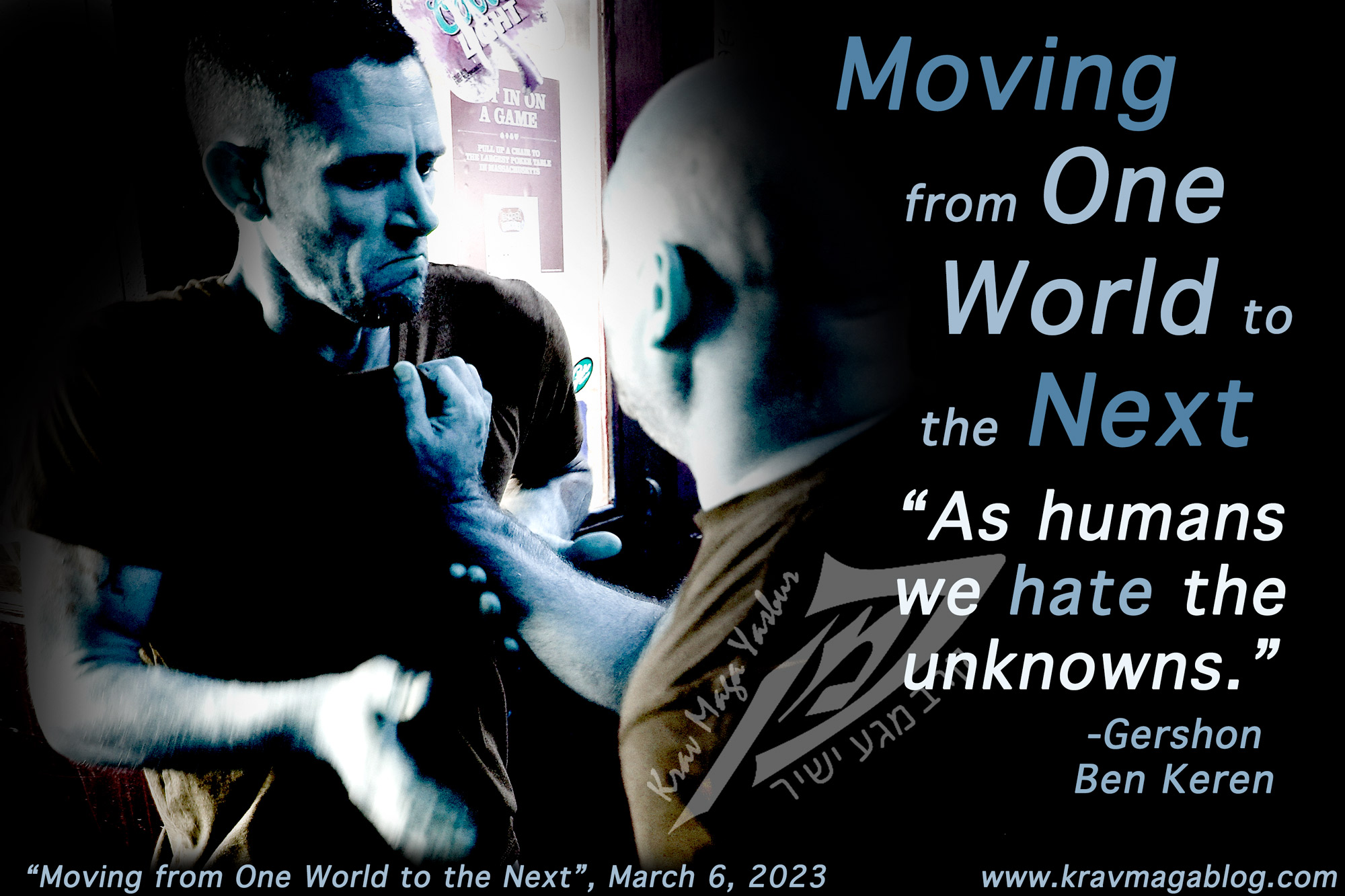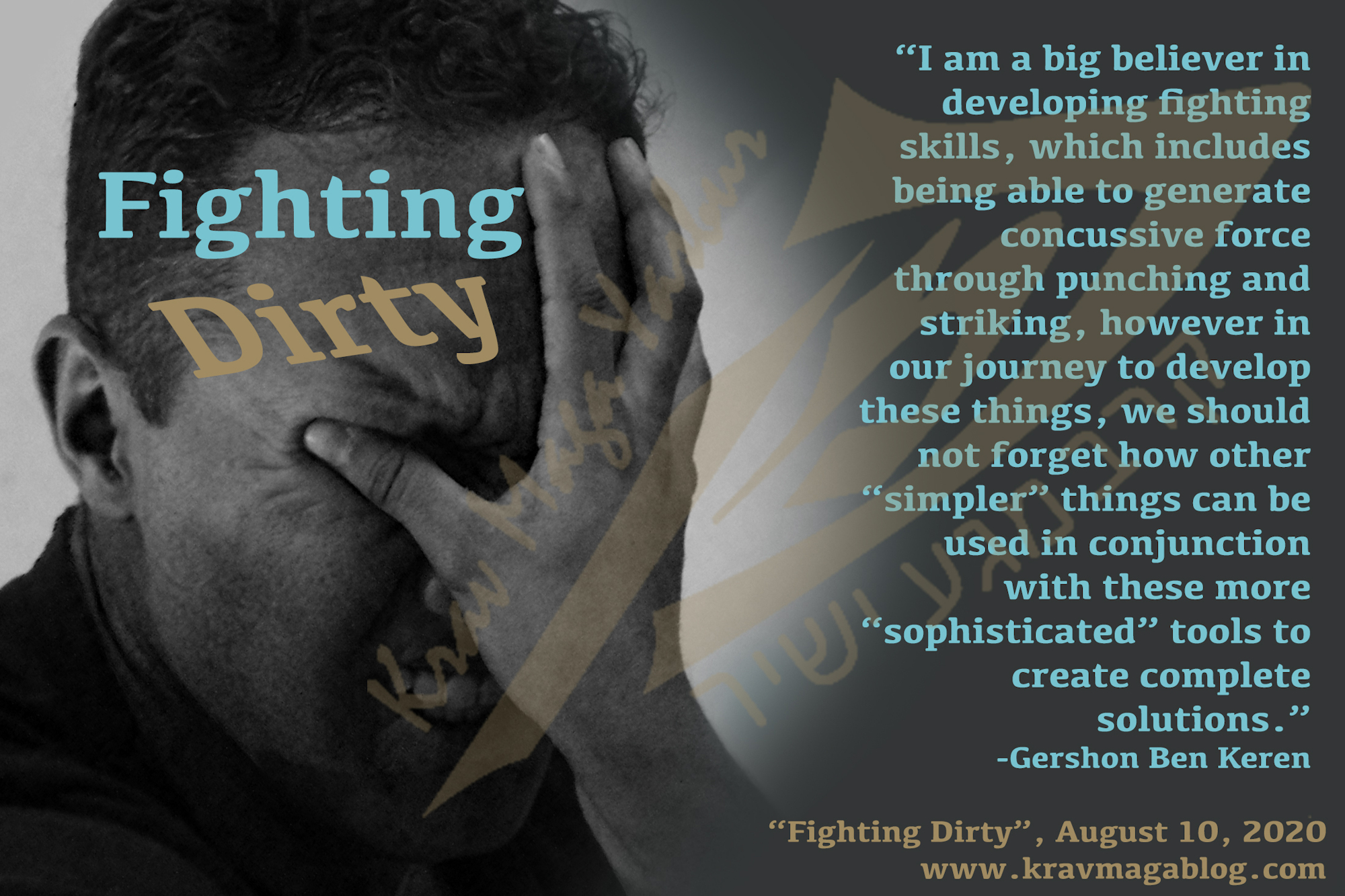Lone Wolf Terrorism & ISIS, is an article written by Gershon Ben Keren, a 5th Degree Black Belt in Krav Maga, who teaches Krav Maga in Boston, MA. He has also authored three Amazon best-Selling Books on Krav Maga.
n July 2016, I wrote about the Nice lorry attack, where a “lone wolf” terrorist drove a 19-tonne cargo truck into a crowd celebrating Bastille Day, killing 86 and injuring 434 more. Two days ago, a similar attack occurred in Stockholm, Sweden, killing 4 and injuring 15. A little over two weeks before this, a terrorist drove a car into a crowd on Westminster Bridge in London, killing 4 and injuring 49, before stabbing/killing a police officer. None of the perpetrators – at the time of writing this - had any direct links to a terrorist or political organization, but all three mentioned/demonstrated sympathies to ISIS – and ISIS made claims that both the London and Nice attacks were committed by its “Soldiers” (though in both cases there is no evidence of any formal ties, and the lack of biographical evidence that ISIS was unable to provide about both attackers suggests that there was no direct contact between both parties). Despite this, it would be wrong to think of these individuals as true “lone wolves” who acted entirely independently, and without first communicating with others.
In both the London and Stockholm attacks, the suspect was known to the security and intelligence services, who had either interviewed or investigated them before. In the case of the London terror attack, the perpetrator was 52, and didn’t fit the demographic of most terrorists, who are largely under 30 – terrorism tends to be a young man’s game. The fact that these individuals were known to the authorities (Khalid Masood – the Westminster Bridge killer - was investigated by MI6 in 2010, for “Violent Extremism”), suggests that they had some “links” with others that brought them to the attention of the security services, or had interacted in some way with those who were known to be involved in extremist activities – not really “lone wolves” at all. It is highly unlikely that somebody else hadn’t been informed, or somehow involved in their plans. Those who plan mass killings, whether they are terror-inspired acts, or workplace/school shootings, have a tendency to tell others about their plans; the US Secret Service found that in 81% of school shootings, the shooter told others about their plans – and more often than not, those told discounted or disbelieved that the killers had either the intent or the capability to carry out their plan.
ISIS, through the use of social media, is able to both inspire - and in some cases, enable - those who commit acts of terror in their name. They are not restricted to having to direct and organize each act, and because of this, can have a wider reach and influence e.g. they didn’t have to provide the car that Khalid Masood used to drive into the crowds on Westminster Bridge, they merely had to inspire him to do so, etc. In the case of the Stockholm terrorist, there may have been a greater degree of collusion, as it appears that there was some form of explosive device in the truck that he drove – it could be that a member of ISIS enabled him in some way by building the device for him, or helped him in its design and creation. This would not be unusual for the group which has been involved before in what is termed, “Remote Control” terrorism i.e. they have provided guns and ammunition to those they have inspired to plan acts of terrorism e.g. Hyderabad, India. Rarely are those who we think of as lone wolves, truly without some form of assistance or guidance. In 2015, Elton Simpson drove to a parking lot where a Prophet Muhammad cartoon contest was taking place, and opened fire on those gathered. Initially, he was thought to be a lone wolf, however an examination of his social media accounts showed that he had contact with members of ISIS, and was not working completely alone (even though ISIS hadn’t appeared to provide any logistical help/assistance) – this was the first attack on US soil that the group claimed responsibility for.
This “method” of terrorism is very different to that practiced by Al Qaeda, a group which has tended to direct all operations and be actively involved in them; this limited the number and frequency of attacks, but allowed them to commit more involved, complex and coordinated attacks such as those carried out on 9/11, when two planes were flown into the Twin Towers of the World Trade Center in New York, with a third plane planned to crash into the Pentagon. In the days after 9/11, the only people who really feared for their safety – in regards to terrorism - were those who worked in skyscrapers, and other significant/tall buildings. Once it was understood the amount of work and preparation that went into these attacks, it became obvious that AQ had spent most of its resources, and that there were no subsequent and/or similar attacks lined up i.e. there would be no more planes flown into buildings, etc. Such large-scale terrorist attacks, exhaust the resources of those individuals and organizations who plan them – the FBI correctly reasoned that after the Oklahoma City Bombing, whoever planned and orchestrated it (Timothy McVeigh and Terry Nichols), didn’t have the capability to commit another similar act of terrorism without a great deal of time. However, when you have a network of individuals inspired and enabled to conduct less sophisticated and complicated acts, such as driving a car or truck into a crowd of individuals, such acts can occur and be repeated within a short period of time of each other e.g. the London attack occurred on 22nd March, and the Stockholm attack on the 7th April. The effect on the population is also greater, in such attacks, as everybody has a reason to fear that there may be another similar one.
I grew up in the 1970’s, during a time when the IRA was responsible for a number of pub bombings on the UK mainland. The IRA understood that the most effective way to have an impact on a population, was not to attack large scale targets, but rather to attack a “way of life”; in doing so, you effect all of the population. By planting bombs in two pubs in 1974, that killed 21 people and injured 182 more, the IRA grabbed the attention of just about everybody – the local pub is the focal point of every community, and there are very few people in the UK who don’t participate in pub culture. The casualty rate was nowhere near that experienced on 9/11, and the results not as “spectacular”, however the impact was much farther reaching, and much more effective; especially when further terror events kept bringing memories back round to the idea, that when relaxing and socializing in a pub (something most individuals did several times a week), you were at risk of being subjected to an act of terror. ISIS has learnt that attacking the population as it goes about its everyday business is more effective at creating terror than targeting large events or very specific targets – if you now start to question your safety every time you walk down a street, because somebody could drive a car into you, you are thinking about that terrorist organization, their aims and goals, the causes of their actions, etc., far more than if you only thought about the risks to your safety when you go to large scale events – which are less frequent.
In the age of the internet and social media, lone wolves no longer exist. The ease of communication, and the sharing of information, that can now be enjoyed means there is no reason for any terrorist to truly be a lone wolf. This doesn’t necessarily mean that identifying those who are planning to commit acts is easy and straightforward, just that nobody now has to work alone, when there are those actively inspiring and enabling others to commit acts of terror. The shift from large, significant targets to everyday ones is going to become more frequent, and we are perhaps at the moment going through a transition, where this will become more common e.g. both attacks happened at historic locations – the Westminster attack happened outside the Houses of Parliament, the actual target of the Stockholm attack looked to be their Parliament Buildings – though they targeted civilians outside, etc. In the future, the locations are probably going to be less important than the aim of effecting people’s everyday lives.















